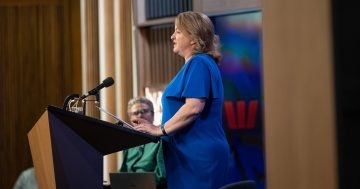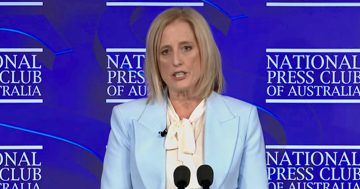
Latest data shows the gender pay gap is narrowing and the Federal Government says it has a lot to do with its policies. Photo: File.
The new gender pay gap of 21.8 per cent means women earn 78 cents for every male dollar earned, according to the latest data from the Workplace Gender Equality Agency (WGEA).
While the gap has been reduced, it equates to women earning, on average, $28,425 less each year than men.
Releasing Australia’s Gender Equality Scorecard 2023-24, WGEA announced the total remuneration gender pay gap dropped by 0.6 percentage points.
WGEA’s analysis found the reduction’s most significant contributor was a wage increase for low-paid workers, particularly in residential aged care where women made up about 80 per cent of employees.
The remuneration of highly paid executives – CEOs, heads of business and casual managers – was included in WGEA reporting for the first time.
Without the inclusion, the gender pay gap would sit at 21.1 per cent.
The data release comes as the Federal Government pushes ahead with legislation requiring large companies to commit to gender equality targets to be considered for public service procurement.
READ ALSO: Rudd insists he’s ready to work closely with the new Trump administration
Public Service Minister and Minister for Women Katy Gallagher said the bill would require companies with more than 500 people to set measurable gender targets to be eligible for government contracts.
“The Albanese Government has been working every day since we came to office to drive progress on gender equality,” Ms Gallagher said.
“Our efforts to lift wages, especially in feminised industries, are having a real impact on closing the gender pay gap.”
She said businesses would soon have to set targets for gender equality to further accelerate the pace of change.
“This not only offers benefits for employees, but also employers, with improved retention, productivity, safety, and enhanced reputation.
“The government wants to work with all employers to close the gender pay gap and make sure Australian workplaces are fair, respectful, flexible and safe.”
Under the new reform, employers in companies of more than 500 workers will need to select targets that focus on the gender makeup of boards and the workforce; gender pay gap; flexible working arrangements; workplace consultation on gender equality; and efforts to prevent and address sexual harassment.
The gender equality scorecard found more employers were taking action to improve workplace gender equality with a jump to 68 per cent of employers conducting a gender pay gap analysis.
Of those, 90 per cent conducted the analysis in the past 12 months and three-quarters took action on the results.
WGEA chief executive officer Mary Wooldridge said there was an observable shift in employer focus and attention in the past year, noting the latest results reflected the landscape in Australian workplaces as employers anticipated their gender pay gaps being published for the first time in February 2024.
Employers with 100 or more employees are required to report annually to WGEA against six priority areas that can have a positive impact for workplace gender equality.
“Employers are being held to account on their gender equality performance by employees, prospective employees, investors and the community,” Ms Wooldridge said.
“Business leaders are being challenged to articulate the drivers of their gap and how they will address it.
“Encouragingly, our results suggest the anticipated publication of employer gender pay gaps had a motivational effect.”
She said WGEA’s results showed change was happening with a significant increase in employers investigating what was driving their gender pay gap and acting on the results.
“But the national results show a persistent and pervasive gender pay gap still limits the lifetime earnings of Australian women, affecting their ability to save, invest and build long-term financial security for themselves and their families.”
The Federal Government’s reforms already in place to improve women’s economic equality include banning pay secrecy clauses, modernising the bargaining system, and delivering pay rises for thousands of women on award wages.





















